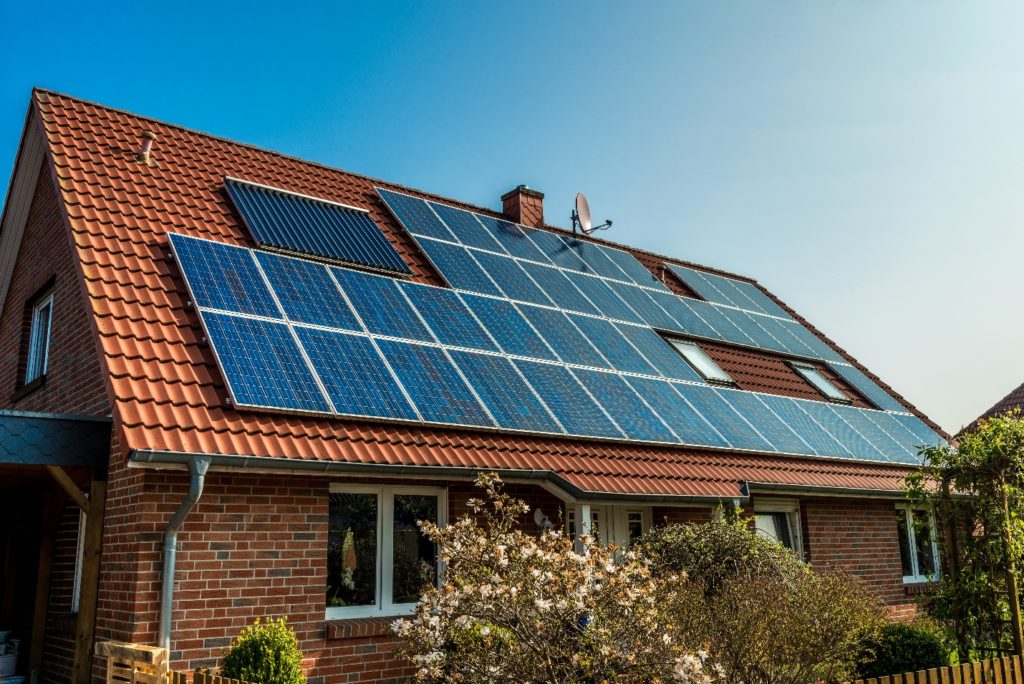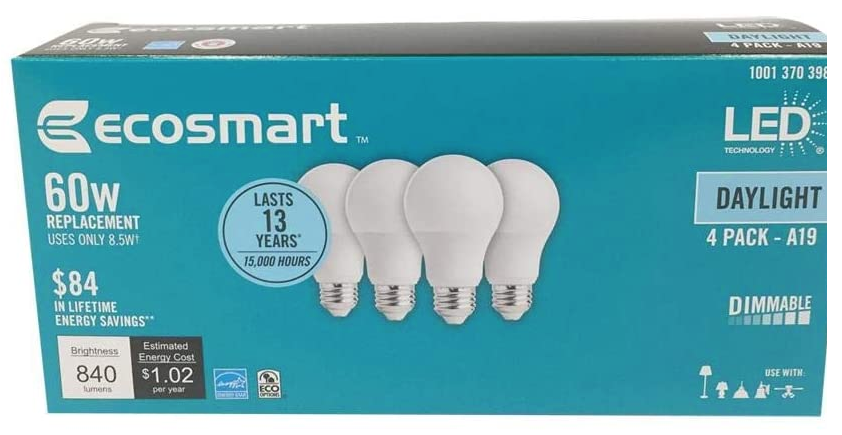Human-induced climate change is fueling deadly wildfires, droughts, extreme heat, “heat domes,” and water shortages, prompting lots of us to wonder about the best ways to reduce home greenhouse gas emissions. Since a sizable portion of greenhouse gas emissions come from residential electricity and energy use, we teamed up with GoingSolar to bring you these seven ways to reduce home greenhouse gas emissions now.

To Reduce Home Greenhouse Gas Emissions…
Install Solar Panels
Solar panels convert sunlight into energy that you can use to power your home. They don’t need coal, oil or natural gas – the fossil fuels that cause climate change – to work, which is why consumers are increasingly choosing to install them. Sometimes financing is available for solar panel purchase or rental. Or, you can decide to purchase solar panels outright and add them to the value of your home. Either way, solar panel installation has the potential to save you money on your utility bills over time and reduce your carbon footprint significantly. You and your family can evaluate the types of solar panels available to you and select the panel type that works best for your home and location and that aligns with your financial and environmental goals.
Insulate Your Attic and Crawl Spaces
In studies conducted by the U.S. Department of Energy, reports showed that almost 50% of the average suburban household’s energy bill is spent on A/C and heating.** Of course, blistering summers and bone-chilling winters would be unbearable without heating and cooling, Still, there are ways to reduce your energy bill and cut your home greenhouse gas emissions way back.
Where to begin? Start by insulating your attic and crawl spaces to reduce the loss of heated or cooled air through cracks and spaces. By bumping up your home’s R-value (defined as the ability of insulating material to resist heat flow), you’ll need less energy to heat or cool your home and still stay comfortable. (NOTE: Many utilities and county and state programs help underwrite the cost of insulation.)
Though you can “eyeball” your insulation yourself, it’s better to ask a professional to conduct a home energy audit. That way, you can pinpoint exact problem areas and put expert-recommended tips into action.
Depending on what your home needs, you may need to hire a professional to remove old, dusty or compacted insulation and replace it with new, more insulating material. Again, many counties have home weatherization programs that underwrite both the audit and the new insulation installation. Check with your local utility or county energy office to find out what options you have.
Weatherize
Whether you insulate more or not, look for places you can weatherize your home to help reduce astronomical energy bills.
That means, seal energy-leaking gaps around doors and windows. Whether you block off the gaps with weatherstripping, caulk, or a door sweep, the choice is yours. You should also plug leaky ducts, seal outlets, and replace broken windows.
Maintain Your HVAC System
Changing out air filters regularly keeps your HVAC system working efficiently and helps extend its lifetime. These are reusable, so all you need to do is wash them and let them dry before re-inserting them. Have your system serviced every year to make sure it’s in top working order (an annual maintenance contract will keep these costs down). Keep your outdoor AC unit clean and free of debris; you can brush off dirt and dust with a soft broom. And use a smart thermostat to adjust your AC when you’re not home – no need to overcool a house if no one is in it!
Replace Incandescent Light Bulbs With LEDs
Electricity use in commercial and residential buildings is a significant contributor to greenhouse gas emissions. As such, cutting down on electricity in your home by implementing energy-saving light bulbs is quite a bright idea. Smart LED bulbs that use time or motion sensors to turn off when the room no longer needs to be lit are particularly efficient. Choose LEDs that meet Energy Star standards when you shop.
Not only do LEDs use up to 90% less energy than incandescents, but these sustainable swaps can also help you rake in the savings. Though LEDs are slightly more expensive than incandescents, they’ll save you a LOT of money over time. Plus, they last so long, it will seem like you never replace them – a true bonus, IMHO.
Use Your Appliances To Save Energy, Money and Carbon
Are you notorious for idling in front of the fridge in hopes that a delicious snack will magically appear? Are you guilty of running a three-clothing-item laundry load without selecting the correct laundry load setting? If so, be warned that these energy-inefficient habits are unnecessarily elevating your household’s carbon footprint.
What makes more sense? Use a fan rather an the AC to cool off a room. Wash full loads of dishes and laundry so you don’t need to use the appliance as often. Wash clothes in cold water rather than hot. Keep visits to the fridge short and sweet. Use a microwave, Instapot, toaster oven or Crock pot rather than an oven, which is far more energy intensive. And, when you’re in the market for a new appliance, choose a model that meets EPA’s Energy Star standards for efficiency and performance.
Don’t Miss: 18 Ways to Keep Your Home Cool w/o Spending Big Bucks on AC
NOTE: Partnerships with groups like Going Solar help us bring you the expertise you need to lead the greener life you want. Our editorial opinions remain our own.
** Source: This Old House


















